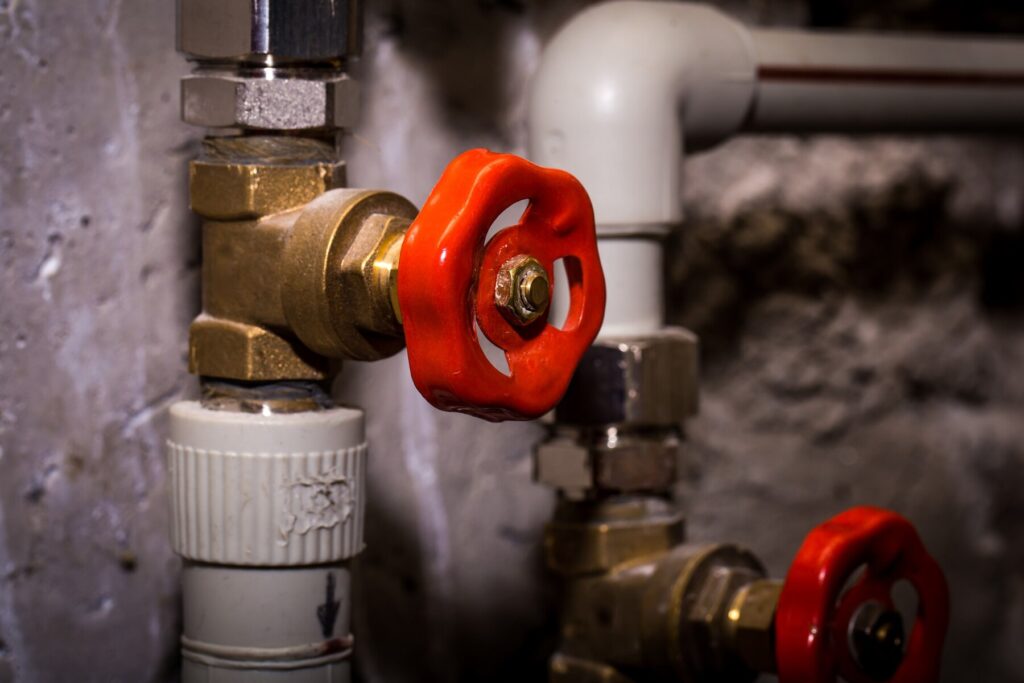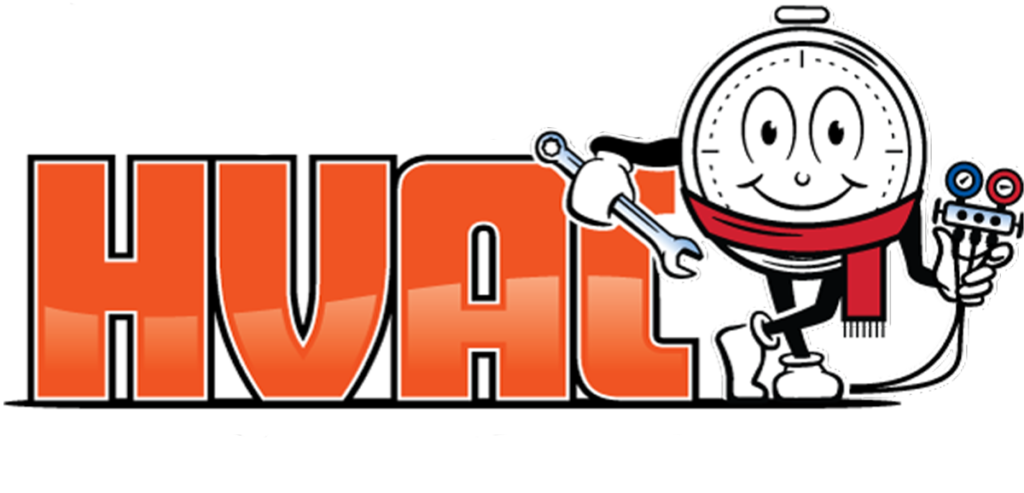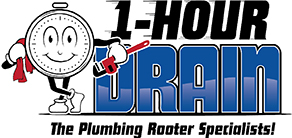
Introduction:
Your home’s sewer line plays a critical role in managing wastewater and maintaining a hygienic environment. However, when sewer line problems arise, they can lead to unpleasant odors, slow drains, and even property damage. Recognizing the signs of a sewer line issue early and taking prompt action is essential to prevent further complications and costly repairs. In this comprehensive guide, we will explore the common signs of a sewer line problem and provide you with valuable insights on how to address these issues effectively. From DIY solutions to professional assistance, you’ll gain the knowledge needed to keep your sewer system running smoothly.
1. Understanding the Importance of Sewer Lines:
Sewer lines are the unsung heroes of your plumbing system, responsible for safely transporting wastewater away from your home. Learn why maintaining these lines is crucial for a healthy and functional household.
2. Slow Drains and Blockages:
One of the earliest signs of a sewer line issue is slow-draining sinks, showers, or toilets. Discover the common causes of drain blockages and how to address them.
3. Unpleasant Odors:
Foul odors emanating from drains or in your yard can be indicative of a sewer line problem. Find out why this happens and how to combat unpleasant smells.
4. Gurgling Sounds:
Gurgling or bubbling sounds coming from your drains may signal a sewer line issue. Learn how to interpret these sounds and take action accordingly.
5. Changes in Water Levels:
Fluctuating water levels in your toilet bowl can be a red flag for sewer line problems. Understand the reasons behind these changes and what they indicate.
6. Backups and Overflows:
Sewer backups and overflows are serious issues that require immediate attention. Discover the causes, prevention measures, and steps to take if you experience a backup.
7. Lush Patches of Grass:
Surprisingly, an unusually vibrant and lush patch of grass in your yard can be a sign of a sewer line leak. Learn how to spot this subtle clue and address the underlying issue.
8. Toilet Flush Issues:
Toilets not flushing properly or multiple flushes needed may point to a sewer line problem. Explore the potential causes and solutions for these issues.
9. DIY Solutions for Minor Blockages:
For minor blockages in your sewer line, DIY solutions can often suffice. Discover effective methods for clearing blockages and restoring proper flow.
10. Professional Inspection and Maintenance:
Regular sewer line inspections and maintenance are essential for preventing issues. Find out how professionals use camera inspections and preventive measures to keep your sewer line in top condition.
11. Repairing Sewer Line Damage:
In cases of significant damage or blockages, repairing or replacing sections of your sewer line may be necessary. Learn about the various repair methods and what to expect during the process.
12. Trenchless Sewer Line Replacement:
Trenchless sewer line replacement is a less invasive and more cost-effective alternative to traditional methods. Discover the advantages and considerations of this approach.
13. Dealing with Tree Root Intrusions:
Tree roots infiltrating your sewer line can be a common issue. Understand how to address root intrusions and prevent them from recurring.
14. Sewer Line Maintenance Tips:
Maintaining your sewer line is the key to preventing future problems. Implement these practical tips to keep your sewer system functioning optimally.
15. The Importance of Professional Assistance:
A properly functioning sewer line is essential for a clean and healthy home. Recognizing the signs of a sewer line problem and taking appropriate action can save you from costly repairs and unpleasant situations. Whether it’s a minor blockage or a more significant issue, this guide provides you with the knowledge to address sewer line problems effectively. By understanding the signs and knowing when to seek professional assistance, you can maintain a smoothly flowing sewer system and a worry-free living environment.
Explore more informative articles by checking out our other blog posts.



